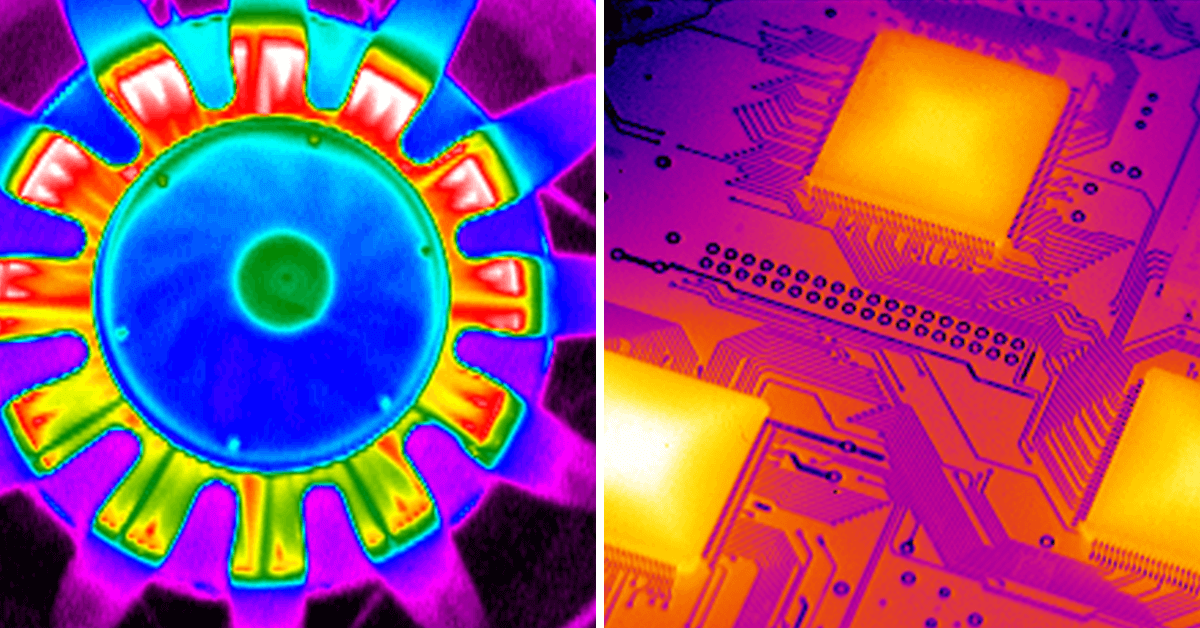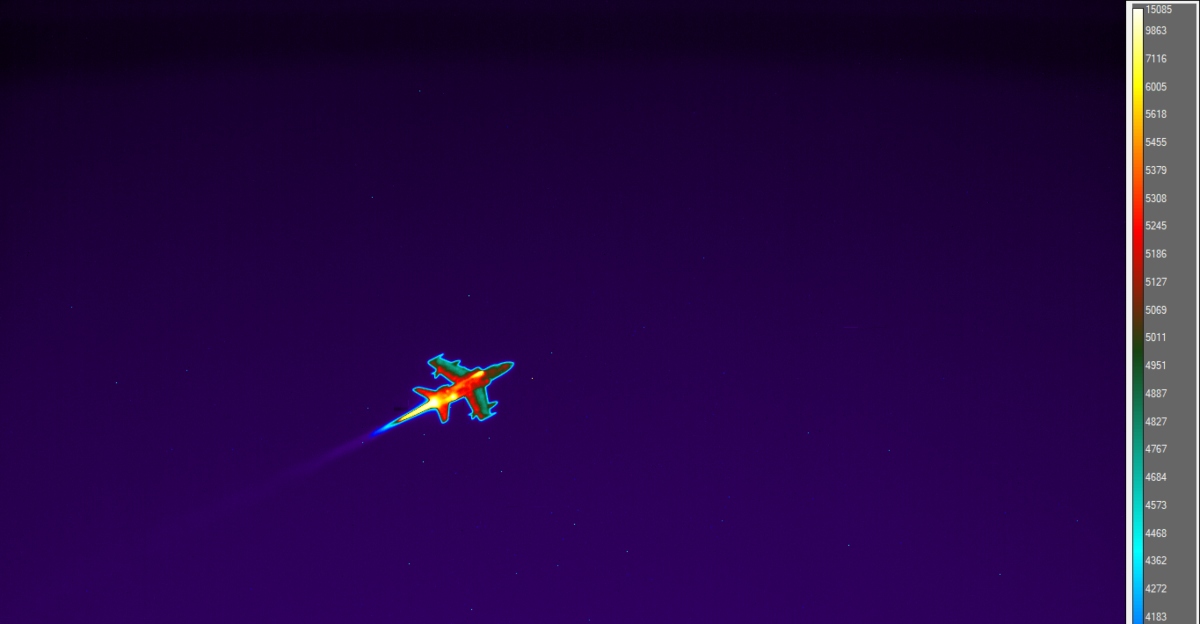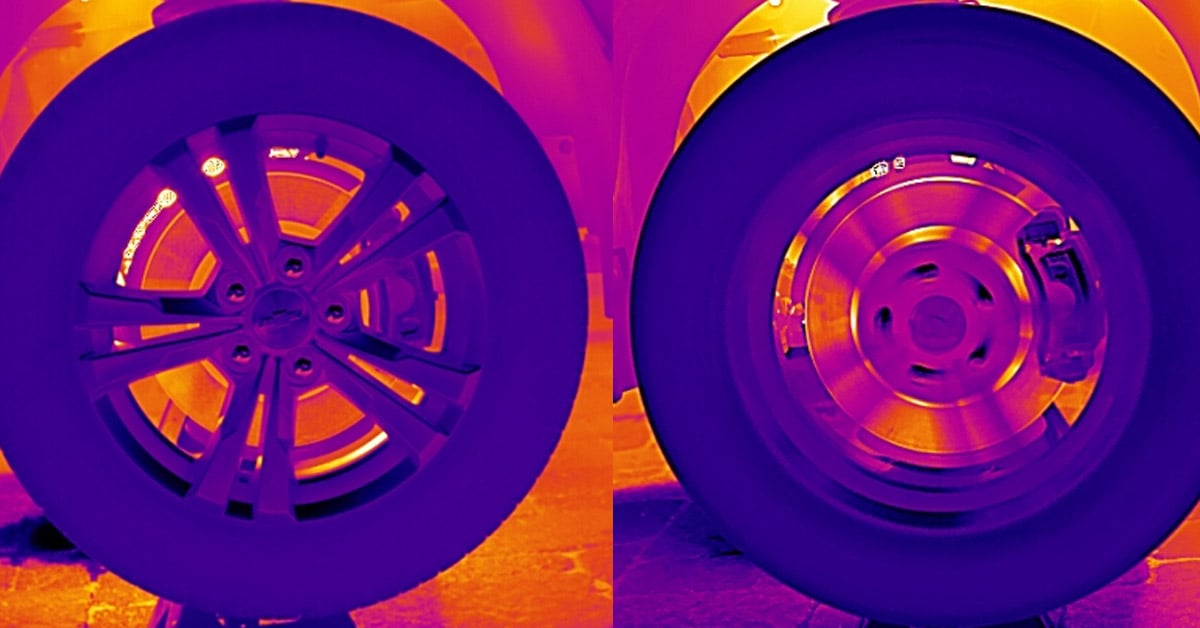Training Unmanned Aircrafts with a FLIR A6753
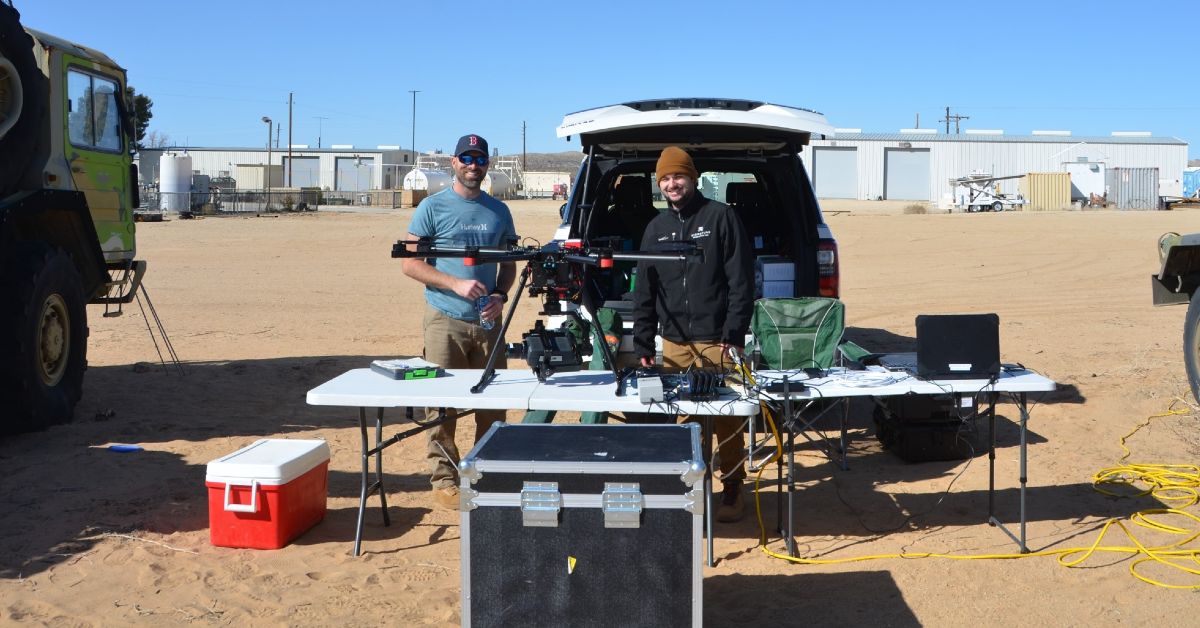
Here’s a problem for you: you need to train a machine learning algorithm for a new unmanned flight system, but the system itself is very expensive and time consuming to fly for its own data collection. How are you supposed to collect enough data to train an algorithm that’s intended system can’t be cost-effectively flown. You might turn to the small group at Signature Research, Inc. to build you a one-of-a-kind drone that can collect surrogate data for you.
Signature Research, Inc. creates high fidelity, physics-based approaches to predict signatures while solving niche fabrication problems. The company provides modeling, simulation, data collection, analysis of ground targets, and more for their customer. In layman’s terms, the group creates systems for collecting and processing signatures to identify specific targets. Signature research such as this can be useful in situations such as the development of a new ground vehicle; it could help you see how your vehicle might be identified or tracked through various methods, locations, and times of day.
The problems Signature Research solves don’t always have straightforward answers though and frequently require them to try out new solutions. For example, a customer reached out to find a cooled mid-wave sensor solution on a low-cost drone. While Signature Research didn’t have anything that matched the specifications, they quickly figured out a solution beginning with FLIR sensors. “We knew it was going to be a FLIR sensor, we knew that was who has what we needed.” said Kirk Weeks, Vice President of Signature Research.
This project led them to outfit a drone with the combination of a FLIR A6753 MWIR camera with a FLIR Blackfly® visual camera and a custom data acquisition system. The drone will be controlled from a mile away, fly 360 degrees around the targets, be equipped with a lens to capture images to match the resolution of the actual platform, and support development of an ML algorithm to identify the targets.
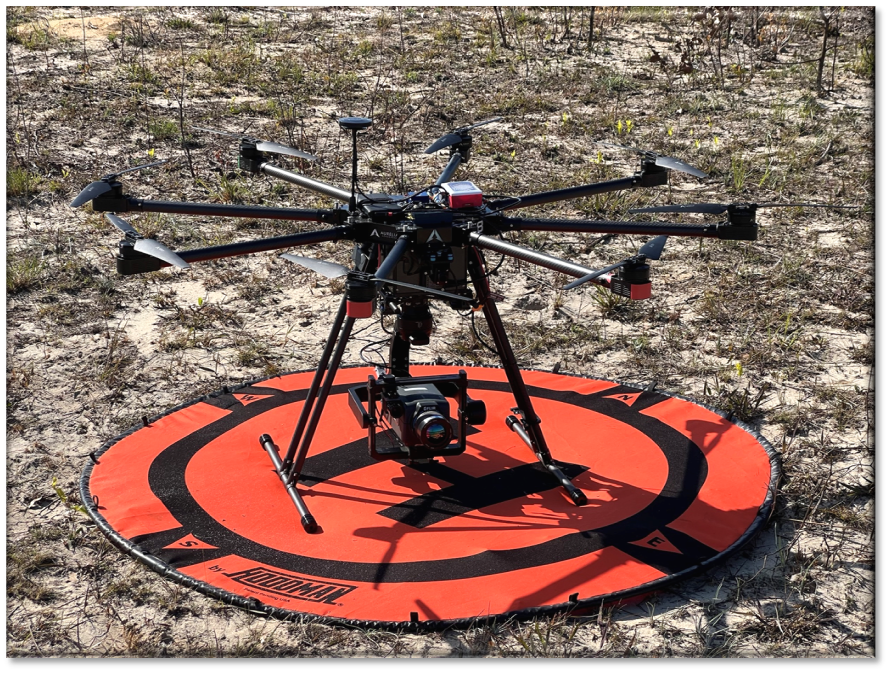
Signature Research's drone
Ultimately, the problem Signature Research needed to solve was how to get data with the same characteristics and quality of a highly expensive platform—but in a much cheaper and time efficient manner. Their drone achieves this by flying at similar elevation angles as the ultimate platform while flying at much closer ranges to achieve similar resolution and viewing geometry. Because Signature Research’s build is significantly smaller and operates at a shorter range, performing tests to get training data is much easier and can be performed much more quickly for much less cost.
The drone will uses the location of a target on the ground to autonomously fly around it while collecting data every five degrees at the desired elevation angle to get 360 degrees of data. They then pull the mid-wave, Blackfly, and flight log data off the drone and process it through their own software for calibration.

IR images captured by Signature Research's drone that will be used for training data.
The GPS coordinates of the drone and the drone’s target are then married and used to compute the precise viewing geometry and slant range. Once this is done, Signature Research can determine the resolution at the center pixel of the target and compare how well it matches similar geometry captured on the actual platform. Lastly, they’ll identify the upper left and lower right corners of the target so that their ML algorithm knows what pixels to look at to train for the specific target.
Weeks told us they were extremely satisfied with their results and even had their expectations exceeded after testing. “We thought that if we get 15 minutes in the air we’ll be kind of lucky. We’re getting over 25 minutes with full data sets in a single flight and phenomenal imagery,” Weeks said.
While similar drones exist, what makes Signature Research’s build unique is it provides radiometric, temperature, and radiance data with significantly higher quality images thanks to its cooled mid-wave sensor. It may even be one-of-a-kind. “The utility of this mid-wave camera integrated onto the drone and being able to fly say 25 or 30 minutes to run a mission is apparently a rare thing right now and we may have one of the only ones in existence,” Weeks admitted.
To learn more about the cameras involved, follow the links to the FLIR A6700 MWIR and FLIR Blackfly.
